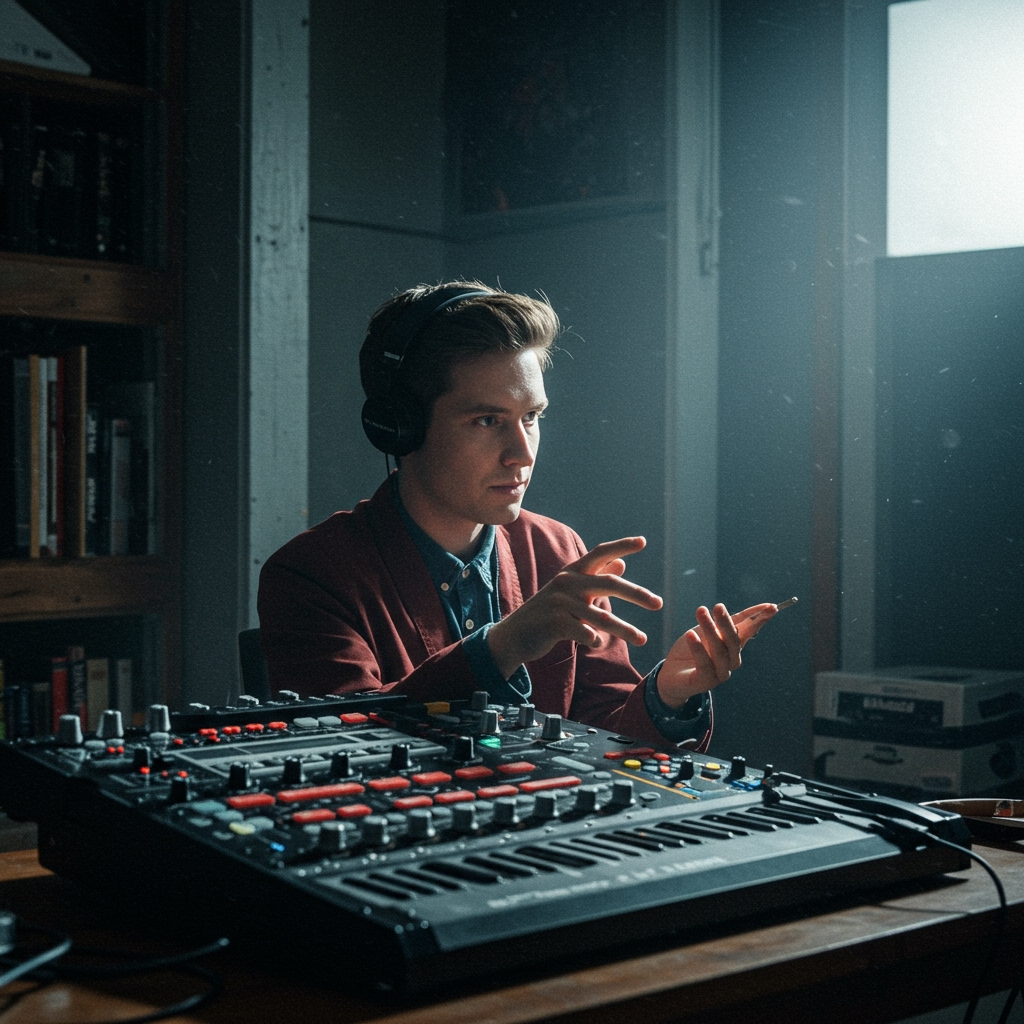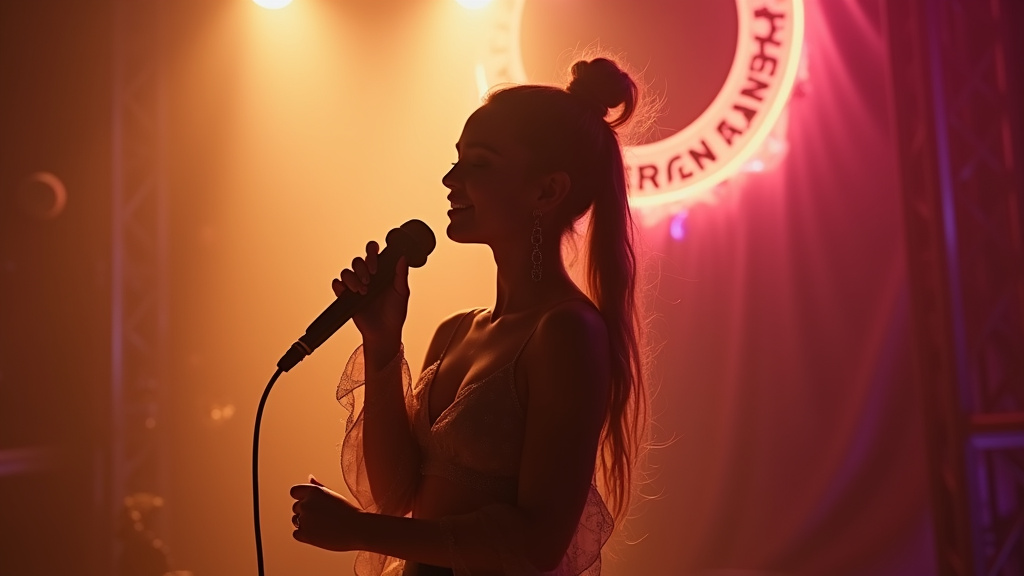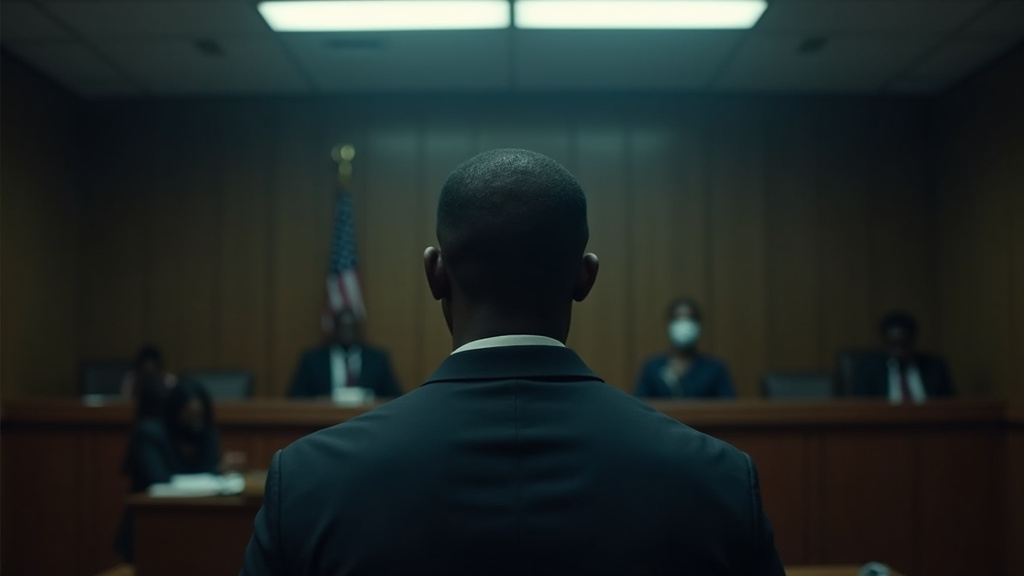QuantumSync Unveils Groundbreaking AI Music Composition Engine, MaestroGen 1.0
SAN FRANCISCO, CA – QuantumSync Technologies, a leading innovator in artificial intelligence solutions, today announced the forthcoming launch of its revolutionary AI music composition engine, MaestroGen 1.0. Positioned to significantly impact the global music and media industries, this advanced platform is scheduled for its initial beta release in Q1 2025, with a full public launch anticipated in Q2 2025. MaestroGen 1.0 is engineered to generate complete, commercially viable musical tracks across an extensive spectrum of genres, demonstrating unprecedented speed and granular customization capabilities.
Developed under the expert guidance of Lead AI Scientist Dr. Anya Sharma, MaestroGen 1.0 represents a significant leap forward in generative music technology. Dr. Sharma and her team have focused on creating a system that not only produces technically sound compositions but also imbues them with stylistic nuances and emotional depth typically associated with human creativity. The engine’s capacity to handle diverse genres – from classical and jazz to electronic, pop, and film scores – highlights its versatility and broad potential applications. The ‘unprecedented speed’ claim refers to the engine’s ability to produce finished tracks or large volumes of musical ideas in a fraction of the time traditionally required by human composers or conventional digital audio workstations.
A New Era for Music Production and Content Creation
QuantumSync Technologies boldly claims that MaestroGen 1.0 possesses the potential to fundamentally revolutionize music production. For music labels, artists, and media companies, the implications are far-reaching. The engine promises capabilities such as rapid prototyping of musical concepts, enabling swift iteration and development of ideas. Furthermore, its ability to facilitate large-scale content creation means companies can potentially generate vast libraries of bespoke music for various needs, including film and television soundtracks, video game scores, advertising jingles, background music for digital platforms, and even generative music experiences.
The traditional workflow of commissioning, composing, recording, and mastering music can be time-consuming and costly. MaestroGen 1.0 aims to streamline this process significantly, offering a tool that can augment human creativity or act as a primary source for certain types of musical content. The high degree of customization allows users to specify parameters ranging from genre, mood, tempo, and instrumentation to more complex structural elements, providing a level of control that ensures the generated music aligns closely with specific project requirements. This could dramatically lower barriers to entry for creating high-quality, original music.
Technical Prowess Under Dr. Sharma’s Leadership
Dr. Anya Sharma, a recognized figure in advanced AI research with a focus on creative applications, has spearheaded the development of MaestroGen 1.0. Her vision for the engine extends beyond simple pattern generation; it involves sophisticated machine learning models trained on vast datasets of musical information to understand structure, harmony, melody, rhythm, and timbre. The goal is to create music that not only sounds professional but also evokes desired emotional responses and fulfills specific functional roles. The engine’s architecture is designed for scalability and continuous learning, suggesting that its capabilities will evolve and improve over time.
Speaking on the announcement, Dr. Sharma stated, “MaestroGen 1.0 is the culmination of years of dedicated research and development. We believe it represents a pivotal moment in the intersection of AI and artistic expression. Our aim is not to replace human creativity, but to provide a powerful new tool that empowers musicians, producers, and content creators to explore possibilities and scale production in ways previously unimaginable.”
Market Anticipation and Future Discussions
As the beta release in Q1 2025 approaches, industry experts are closely watching QuantumSync’s progress. The planned full public launch in Q2 2025 is widely anticipated to ignite widespread discussion across the music industry, the arts community, and legal circles. Central to these discussions will be the future roles of human composers and artists in an era where AI can generate professional-quality music. Will AI become a collaborative partner, a tool for augmentation, or a disruptive force that diminishes the need for human composition in certain areas? The debate is expected to be complex and multifaceted.
Coupled with the artistic and professional implications are significant complex copyright challenges. The legal framework surrounding ownership and licensing of AI-generated content is still nascent and largely untested. Questions arise regarding who holds the copyright to music created by an AI engine: is it the company that developed the AI (QuantumSync), the user who prompted the generation, or does the music fall outside traditional copyright protection entirely? The commercial viability of MaestroGen 1.0 hinges partly on clear legal pathways for licensing and monetizing the generated music, and the industry will need to grapple with establishing precedents and potentially new legal standards.
Conclusion
QuantumSync Technologies’ announcement of MaestroGen 1.0 marks a significant milestone in the evolution of generative AI applied to the creative arts. With its beta set for Q1 2025 and public release in Q2 2025, the engine promises unprecedented speed, customization, and scale for music production. While offering immense potential benefits for industry stakeholders seeking efficiency and novel creative avenues, its introduction is also set to provoke essential conversations about the future of human artistry and the intricate legal landscape of AI-generated content. The industry awaits the beta release with anticipation to see how MaestroGen 1.0 performs and reshapes the melody of music creation.





